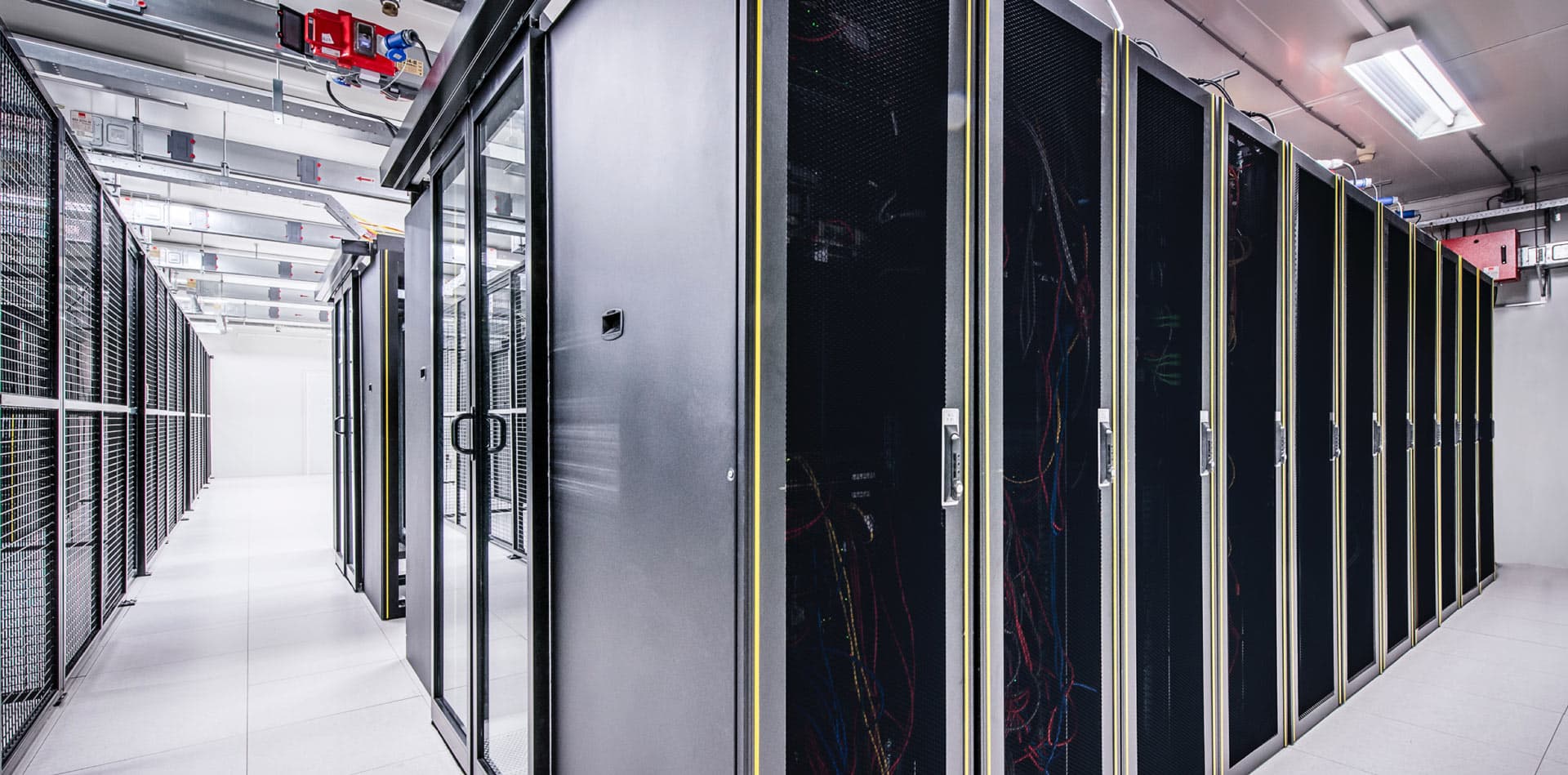
The cloud and online data storage has slowly crept into our lives. It has been incorporated so seamlessly that we often just accept the ease, and don't look any further. After all, most of the time it's free right? Luckily many of us already know this is not the entire truth. There's no such thing as free in the online world, you pay either with your privacy or in some cases the price is hidden in something else.
One of these costs is not directly translatable to money: the environmental impact
That's partially because the impact is hidden in many things, such as the consumption of running a server 24/7, the infrastructure required to send and receive the data, but also overhead in for instance the cooling systems used in data centers.It has been estimated that storing 1 gigabyte of data costs around 3 to 7 kWh of energy (see sources below). To put this into perspective, a modern fridge uses around 200 KWh of energy per year. This might not seem like much at first, but we're talking about a mere gigabyte of data here. That gigabyte is often backed up in a couple of places for faster access and to prevent data loss. So you could say 1 small gigabyte of data is already worth double that.
And then we're still talking about the storage of around one holiday worth of photos. A single person easily has stored between 10 and 100 GB of data online.
This translates to between 20 and 200 gigabytes of data, taking the redundancy into account. In the best case scenario this means around 60 Kwh, in the worst case however it’s a staggering 1600 Kwh (or 1.6 Mwh of power). That’s almost a full electricity consumption an entire households in a year's time!
No that’s not a typo. In a single year the power consumption of a single cloud user can be anywhere between 60Kwh and 1600Kwh. That’s the equivalent of running 8 extra fridges running in your home.
These figures are nothing new
It might seem shocking, but these figures bring nothing new to the table. We've known about this problem for many years. In 2018 for instance the music video Despacito celebrated being the first youtube video to hit more than 5 billion views. It has been calculated that in reaching that goal it used around as much energy as 40.000 households. Of course this is mostly due to bandwidth usage, not the online storage alone per se. Yet it's another example showing how easy it is to forget the impact of something as small as a single youtube video.This is a serious problem. Many data centers claim they run on fully renewable power sources, but in practice that’s not the case. They buy renewable energy certificates as to mask their CO2 emissions, but most of the electrical energy used is still produced by burning fossil fuels.
Is there a solution to this?
Yes, and it’s actually quite simple. Just don’t store everything online. Turn off the automatic cloud syncing on your mobile phone, and make local backups of your data instead of storing it online. The difference is that your devices aren’t always on 24/7 and generally have a lot less overhead than a full fledged server.Sources
Carbon and the cloud - stanfordmag.orgCisco Annual Internet Report - cisco.com
The Megawatts behind Your Megabytes - aceee.org

 Nearby devices
Nearby devices